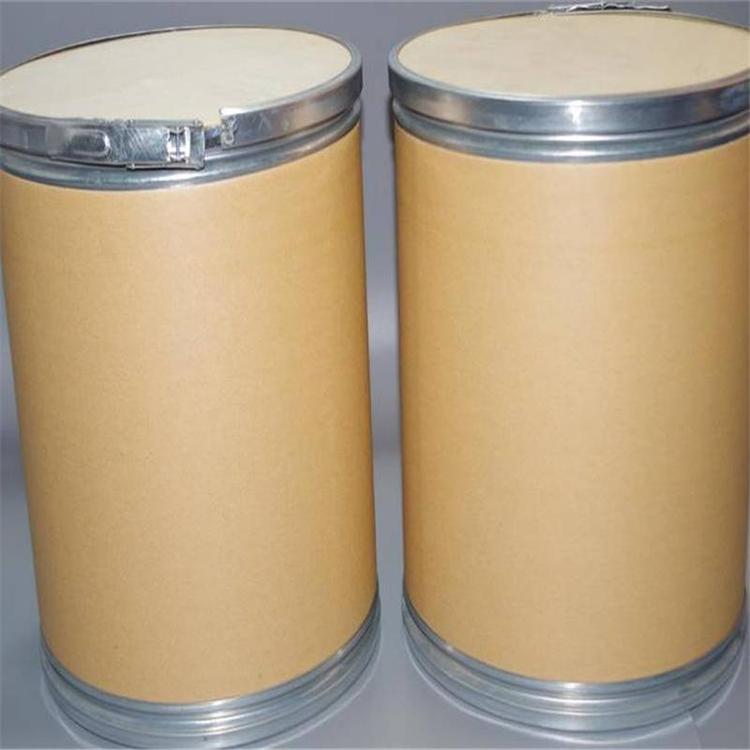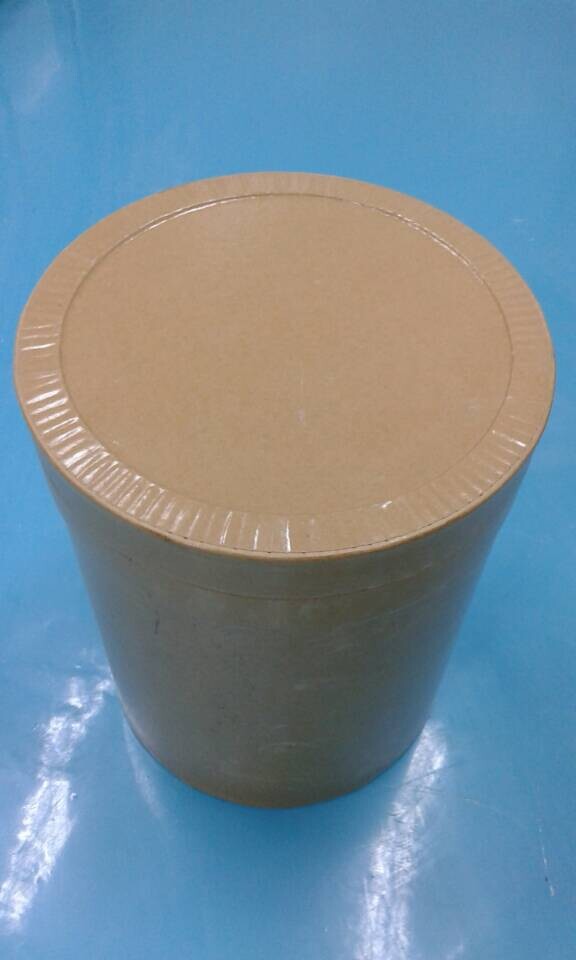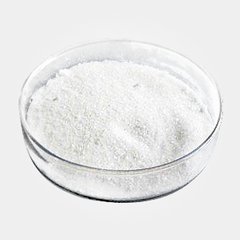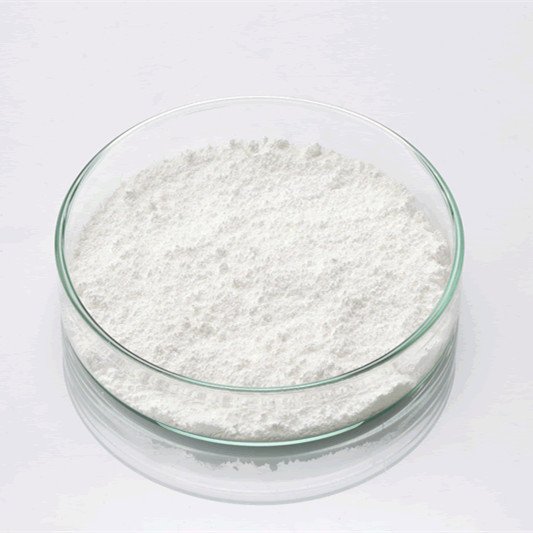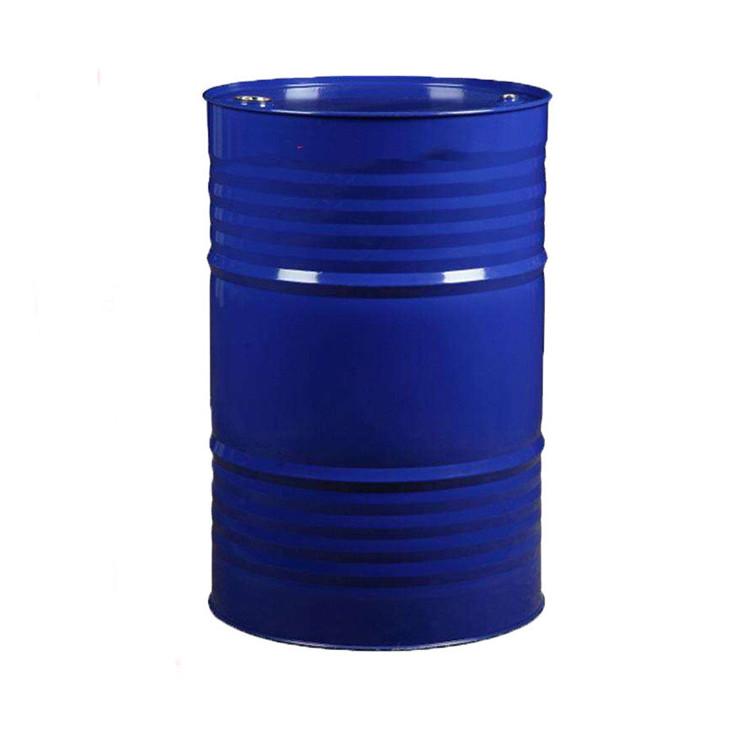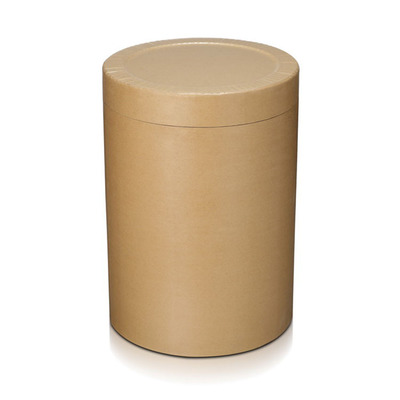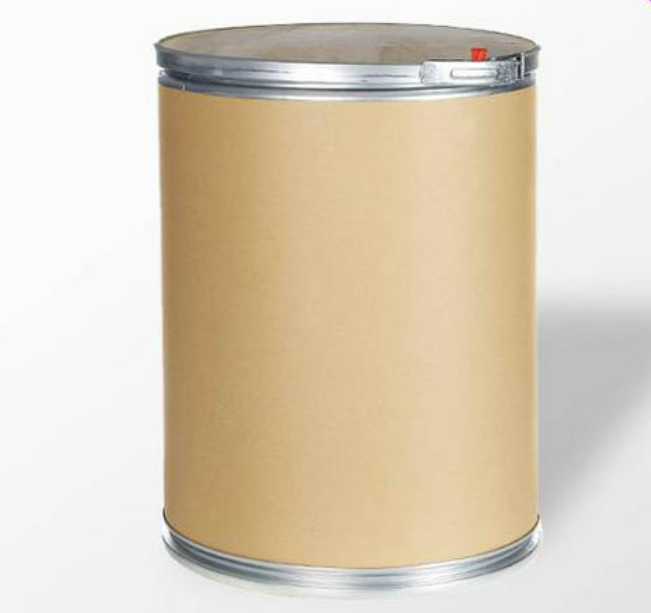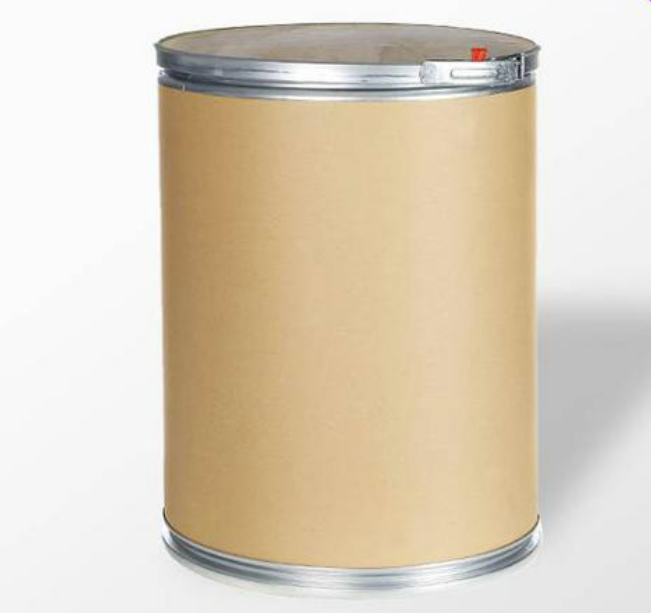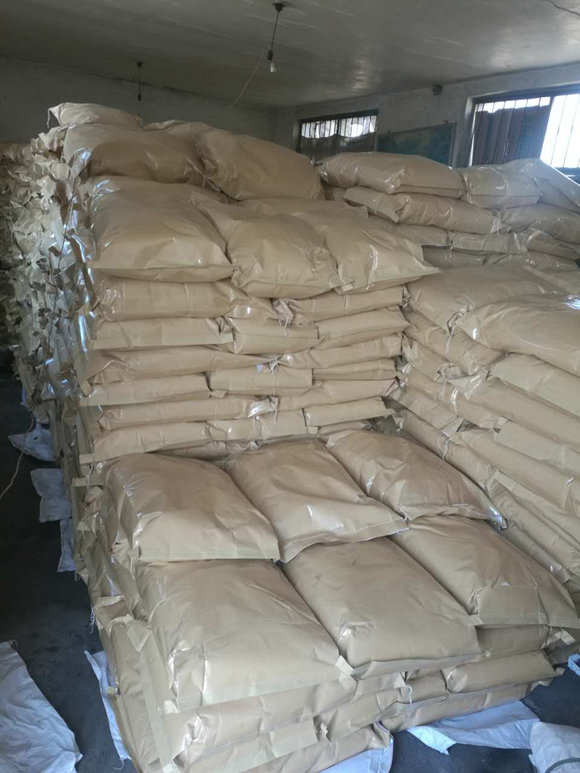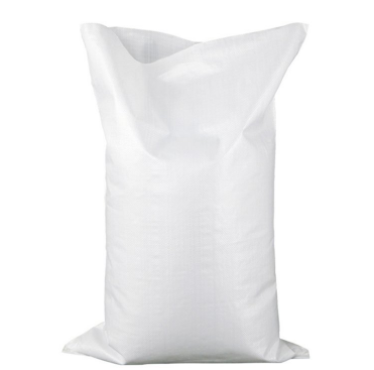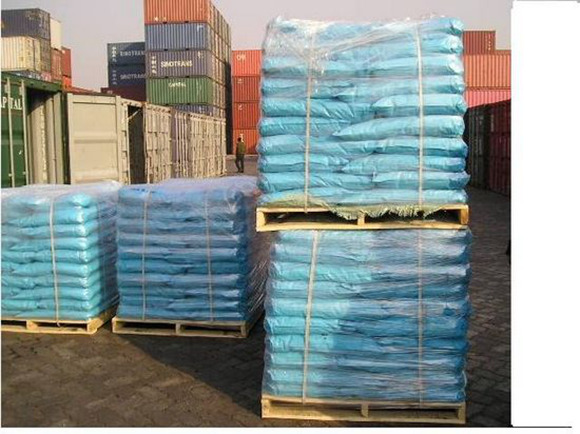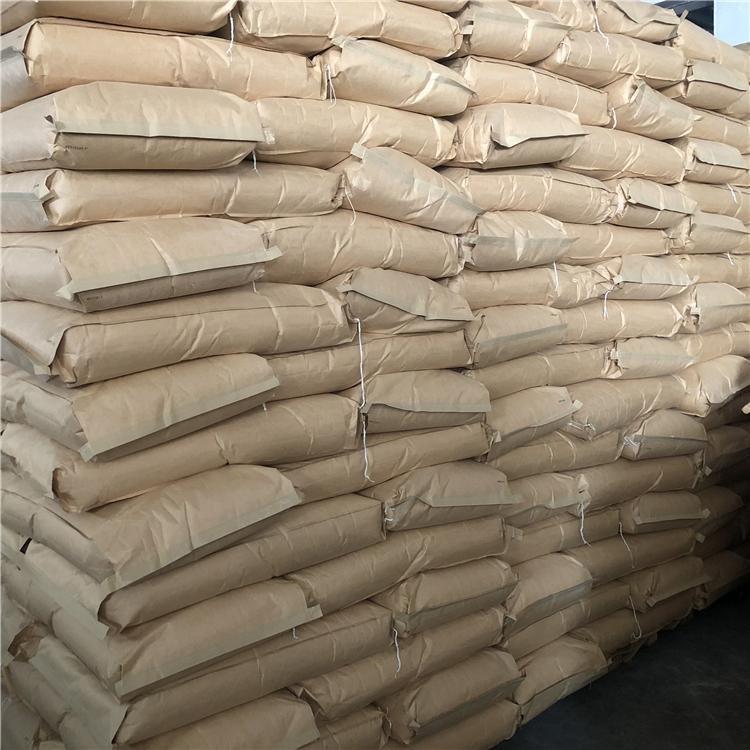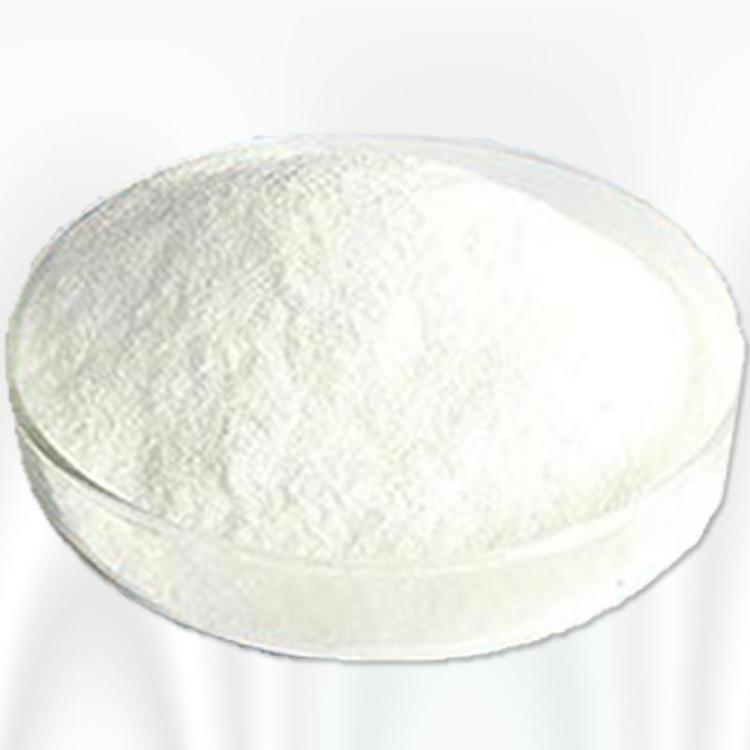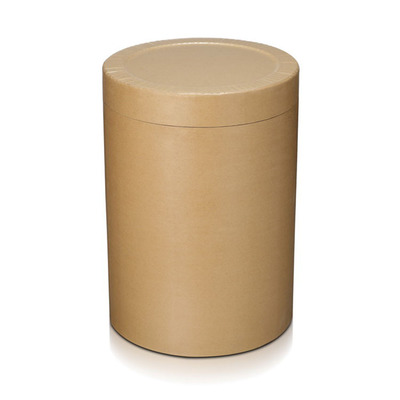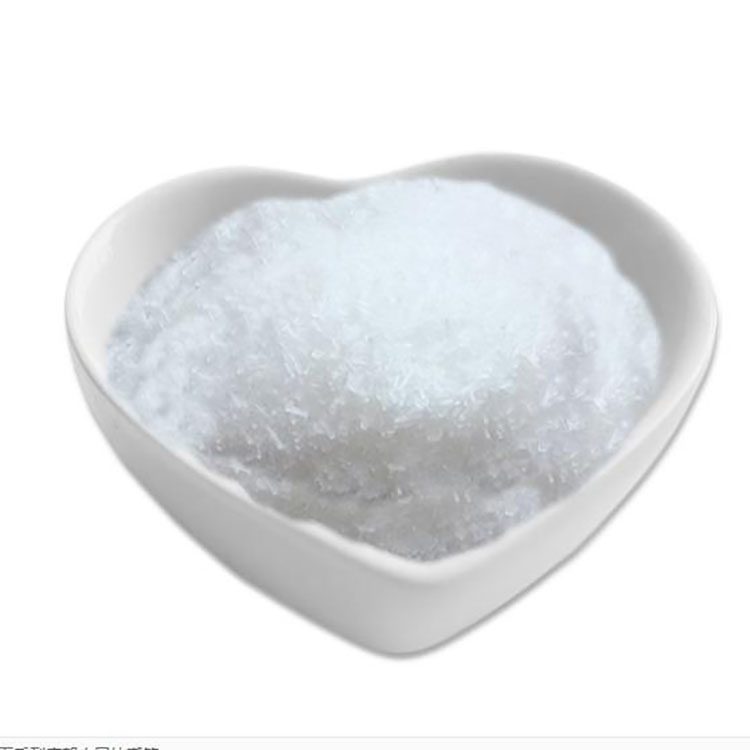Food(Feed) Additives
Feed Additive
Additives For Food Packaging
Colorant
Stabilizer and Coagulator
Water Retention Agent
Feed Deworming Health Agents
Anti Corrosion and Preservation
Color Fixative
Flour Treatment Agent
Defoamer
Coating Agent
Feed Vitamins
Emulsifier
Other Food Additives
Nutritional Fortifier
Thickening Agent
Feed Quality Enhancer
Antioxidants
Chewing Gum Bases
Bulking Agent
Feed Amino Acids and Small Peptides
Flavor Enhancer
Sweeteners
Additives For Feed Preservation
Other Feed Additives
Food Additive
Bleaching Agents
Anticaking Agent
Food Flavors and Fragrances
Enzyme Preparation
Feed Trace Elements
Acidity Regulators
Feed Growth Promoters
Feed Conditioner
Find
203
related chemicals for youAlias
More Information
(S)-2-Amino-3-Hydroxypropanoic Acid; (S)-Isoserine; L-2-Amino-3-Hydroxypropionic Acid; 3-Hydroxy-Alanine
Brief Introduction
This product is used for biochemical research, preparation of tissue culture medium, and amino acid nutrition medicine in medicine.
Suppliers
View More Vendors (5) >
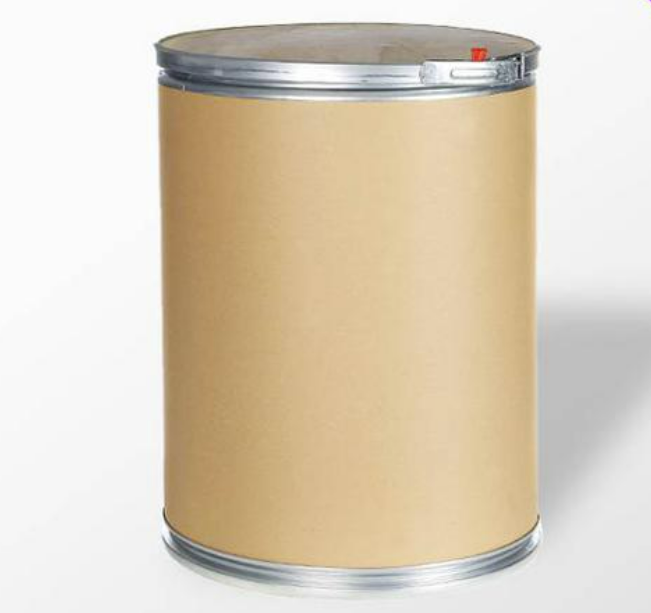
USP/EP/BP/CP/AJI
/
Pharm Grade
25kg
/
Fibre Drum
CAS:67-97-0
Molecular Formula:C27H44O
Alias
More Information
9,10-Secocholesta-5,7,10(19)-Trien-3Beta-Ol; Cholecalciferol, Usp Grade 9,10-Secocholesta-5,7,19(19)-Trien-3-Ol-(3B,5Z,7E)-Choleciferol, Usp Grade; Colecalciferol; Vitamind; Cholecalciferol; 7-Dehydrogenase Cholesterol
Brief Introduction
Vitamin D3 can maintain the normal metabolism of calcium and phosphorus and promote the body's absorption of calcium and phosphorus. It is used to treat rickets and osteomalacia. It is mainly used for food, health products and other related products.
Suppliers
View More Vendors (4) >
CAS:7758-05-6
Molecular Formula:IKO3
Alias
More Information
Potasium Iodate
Brief Introduction
This product can be used as wheat flour treatment agent; Dough modifier; Nutritional fortifier. Animal feed additives are used. Iodized salt or medicament used in medicine to prevent and treat local goiter. Used as analytical reagent, oxidant and redox titrant.
Suppliers
View More Vendors (4) >
CAS:10257-54-2
Molecular Formula:CuH2O5S
Alias
More Information
Copper Sulfate Monohydrate; Copper Sulfate Hydrate; Copper Sulfate (5 Water); Cupricsulfate,Monohydrate,Purified; Copper(Ii) Sulfate 1-Hydrate; Cupric Sulfate Monohydrate; Copper; Sulfate; Hydrate; Copper(II) Sulfate Hydrate; Copper (II) Hydroxide Sulfate.
Brief Introduction
It is used as textile mordant, agricultural pesticide, water bactericide and feed additive, and for copper plating.
Suppliers
View More Vendors (4) >
CAS:147-85-3
Molecular Formula:C5H9NO2
Alias
More Information
L Proline; L(-)-Proline; (S)-Pyrrolidine-2-Carboxylic Acid,L-Proline; L-Pyrrolidine-2-Carboxylic Acid; L-(-)-Proline; (S)-Pyrrolidine-2-Carboxylic Acid; 2-Pyrrolidinecarboxylic Acid; Pyrrolidine-2-Carbonic Acid; L-(-)-Proline ((S)-(-)-Proline)
Brief Introduction
L-proline is one of the eighteen amino acids synthesized by human body. It is colorless to white crystal or crystalline powder at room temperature. It is slightly smelly and sweet. It is very soluble in water, insoluble in ethanol, and insoluble in ether and n-butanol. L-proline is used in biochemical research, medicine for malnutrition, protein deficiency, gastrointestinal diseases, burns and postoperative protein supplement. It can also be used as flavoring agent, which can react with sugar to form special flavoring substance.
This product can be used as food additives, flavors and fragrances, nutritional supplements, chemical reagents, pharmaceutical raw materials.
Suppliers
View More Vendors (4) >
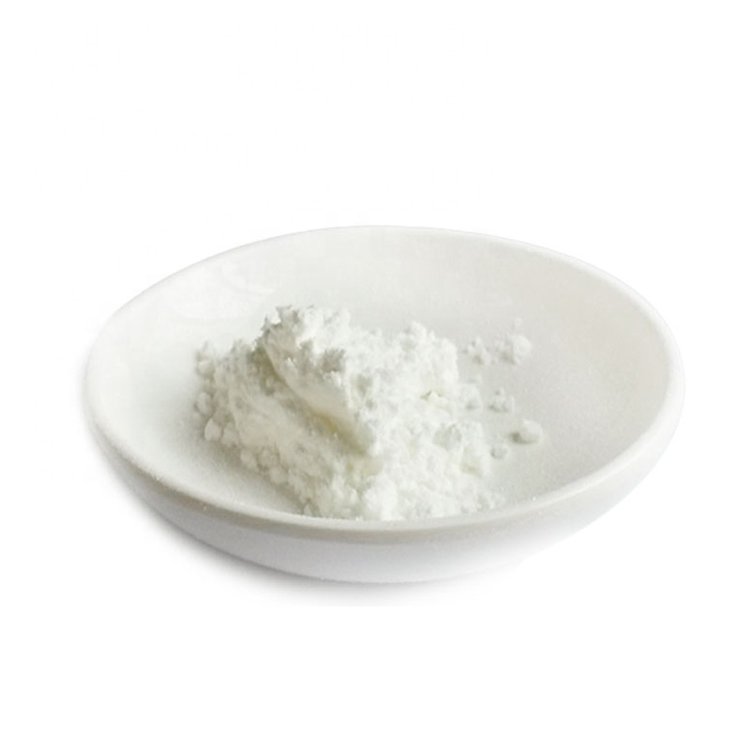
USP/EP/BP/CP/AJI
/
Pharm Grade
25kg
/
Fibre Drum
Inquiry (
10
/ 10
)
Clear All
You can inquire for up to 10 products at a time
Sign In
Error!

